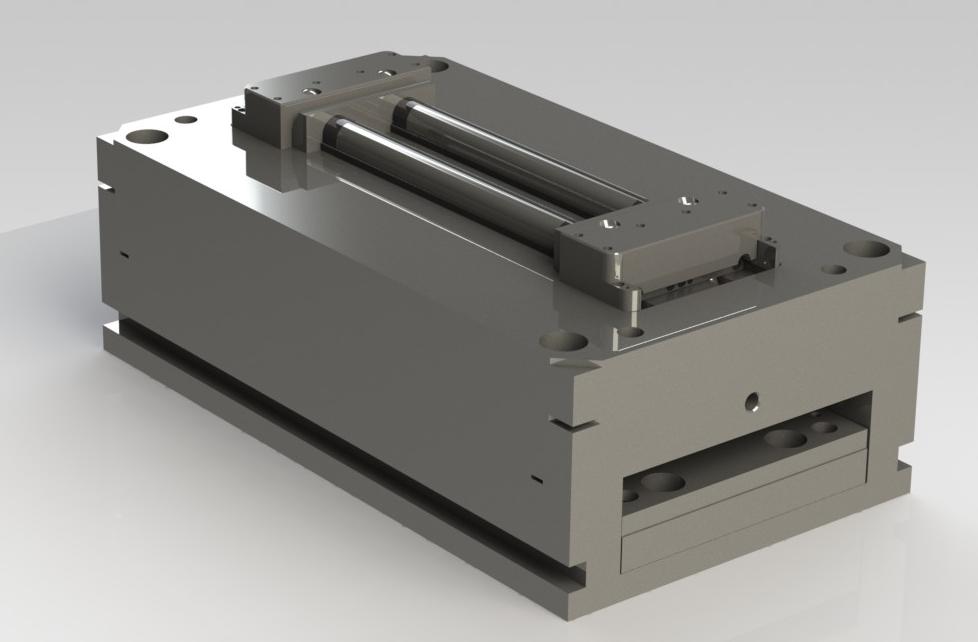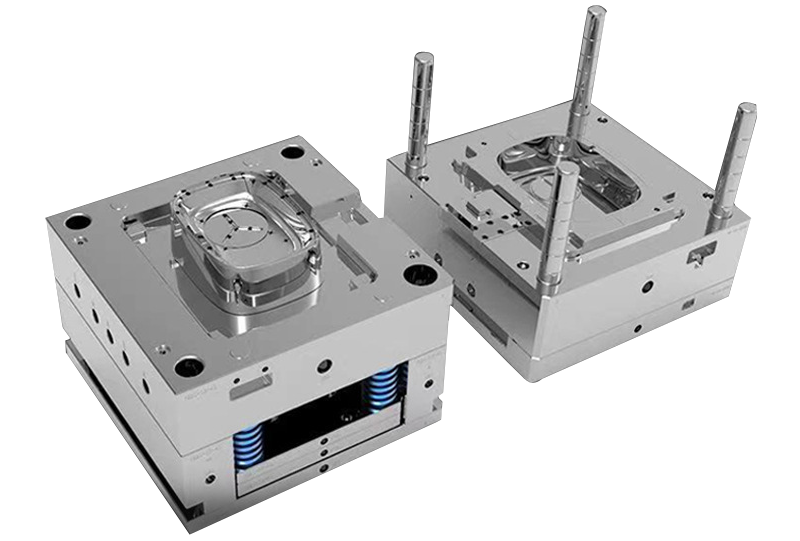Enhancing Product Advancement with Advanced Plastic Injection Molding Solutions
Enhancing Product Advancement with Advanced Plastic Injection Molding Solutions
Blog Article
Comprehending the Fundamentals of Plastic Shot Molding Procedures
Plastic shot molding offers as a foundation of modern-day production, providing a methodical technique to producing complicated elements with precision. This procedure not only incorporates the basic actions of melting and infusing materials right into molds however likewise includes a nuanced understanding of various influencing elements, such as temperature level and pressure. As markets progressively require efficiency and top quality, the complexities of this approach end up being extra critical. Exploring these necessary aspects could reveal just how even small modifications can bring about significant enhancements in production end results, increasing concerns about the possibility for development in this well established process.
What Is Plastic Injection Molding?
Plastic injection molding is an extensively utilized manufacturing procedure that changes thermosetting and polycarbonate materials into specific and complicated shapes. This method is preferred for its ability to generate high quantities of identical parts with exceptional accuracy, making it an essential approach in numerous industries, including auto, durable goods, and medical tools.
The procedure includes thawing the chosen plastic material and injecting it right into a mold under high pressure. The mold and mildew, made to the requirements of the desired part, permits the liquified plastic to materialize as it solidifies and cools down. Once the product has actually set, the mold is opened, and the completed part is expelled.
Plastic injection molding supplies several benefits, consisting of decreased waste, consistency in production, and the capability to integrate complex designs that might be testing with various other producing techniques. In addition, it supports a broad variety of materials, each offering one-of-a-kind buildings that can be customized for particular applications. As sectors remain to introduce, plastic shot molding remains at the forefront, allowing the growth of innovative items that satisfy developing customer needs.
The Shot Molding Refine
The injection molding process is an advanced method that entails several crucial stages to create high-quality plastic parts. Plastic pellets are fed right into a heated barrel where they are thawed right into a viscous liquid. This molten plastic is then injected under high pressure right into a precision-engineered mold and mildew, which forms the product into the desired form.
Once the mold is filled up, the plastic is allowed to cool down and solidify, taking the shape of the mold tooth cavity. Air conditioning time is critical, as it affects the cycle time and the last residential or commercial properties of the shaped part. After sufficient air conditioning, the mold opens, and the completed part is expelled making use of ejector pins.

Materials Utilized in Shot Molding
Various materials can be used in the injection molding procedure, each offering unique homes that cater to specific applications. The most typically utilized materials include thermoplastics, thermosetting plastics, and elastomers.

Thermosetting plastics, like epoxy and phenolic materials, undertake a chemical change during the treating procedure, resulting in a stiff, stringent framework. These products are ideal for applications calling for high warmth resistance and architectural stability, typically made use of in electric insulators and auto components.
Elastomers, including silicone and rubber-based products, give adaptability and durability. Their unique residential or commercial properties make them ideal for applications that demand flexibility, such as gaskets and seals.
Furthermore, specialized products like bio-based plastics and compounds are getting grip for their environmental advantages and boosted efficiency attributes, broadening the range of injection go to this site molding applications in different sectors. Recognizing the homes of these materials is essential for selecting the suitable kind for certain jobs.
Benefits of Injection Molding
Injection molding stands out as a highly reliable production process that supplies numerous advantages for generating intricate components with accuracy. One of one of the most substantial advantages is the ability to produce detailed designs that would be challenging or difficult to attain with various other techniques (Plastic Injection Molding). The procedure allows for limited tolerances and detailed functions, making certain top quality components
Additionally, shot molding is understood for its fast production capacities, making it an optimal option for high-volume production. Once the mold and mildew is produced, components can be created rapidly, reducing preparations and enhancing general productivity. This efficiency not just decreases manufacturing prices but likewise supplies an affordable edge in the market.
The adaptability of materials utilized in injection molding better enhances its appeal. A vast array of thermoplastics and thermosetting polymers can be employed, allowing suppliers to select materials that finest meet their certain demands, including flexibility, stamina, and warmth resistance.
Furthermore, the process minimizes waste, as excess product can commonly be recycled and recycled. This sustainability element adds to a reduced ecological influence, making injection molding an accountable manufacturing choice. Generally, the benefits of shot molding make it a recommended method for many sectors.
Aspects Influencing Product Top Quality
While countless variables can influence item top quality in injection molding, understanding these elements is critical for attaining ideal results. Secret aspects include product option, processing specifications, and mold style.
Product choice plays a vital role, as various polymers exhibit unique residential or commercial properties that influence flowability, stamina, and thermal security. Inadequate material choice can result in flaws such as warping or insufficient dental filling.
Handling criteria, consisting of cycle, stress, and temperature time, have to be thoroughly regulated. Variations in these settings can lead to variances partially measurements and surface finish. For example, excessively heats might cause deterioration of the polymer, while insufficient stress can lead to short shots.
Mold and mildew layout is just as vital, as it identifies the flow of the molten plastic view it now and the cooling procedure. Inadequately designed mold and mildews might cause unequal cooling rates, causing dimensional errors and residual anxieties.

Final Thought
Finally, plastic shot molding functions as a critical manufacturing process that allows the efficient production of high-grade elements. Mastery of the shot molding process, consisting of the understanding of products and the impact of different factors on item top quality, is essential for attaining optimum outcomes. The benefits of this technique, such as cost-effectiveness and style versatility, further underscore its importance across several markets, solidifying its standing as a favored option for high-volume production.
Plastic injection molding serves as a cornerstone of modern manufacturing, giving a methodical technique to creating complicated parts with precision.Plastic shot molding supplies numerous benefits, including reduced waste, Discover More Here uniformity in production, and the capability to integrate detailed styles that might be testing with various other producing methods (Plastic Injection Molding). As markets proceed to introduce, plastic injection molding remains at the forefront, making it possible for the advancement of advanced products that meet evolving customer demands
The injection molding process is an advanced method that involves a number of essential phases to produce top notch plastic elements.In conclusion, plastic shot molding offers as a critical manufacturing process that enables the reliable production of high-grade parts.
Report this page